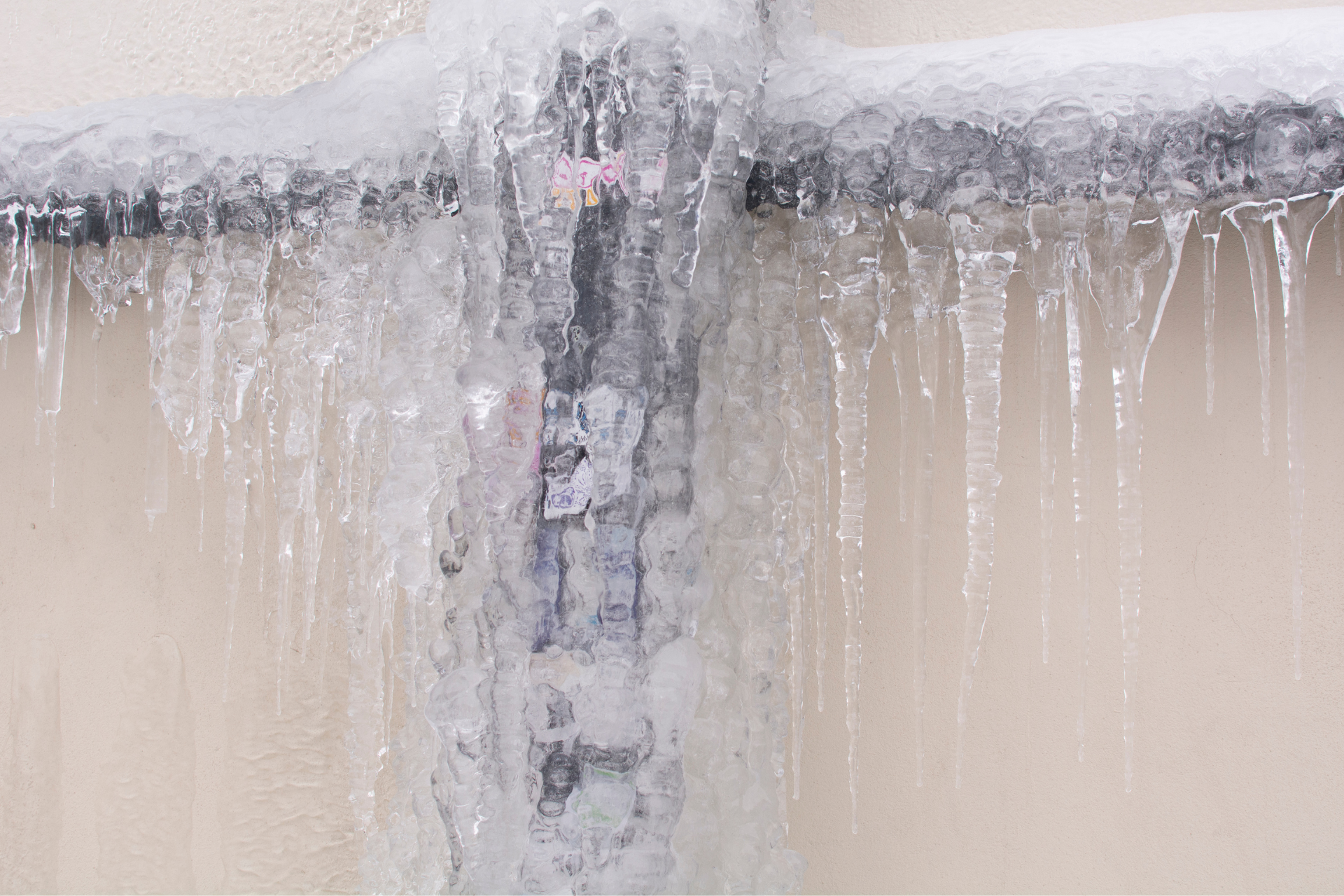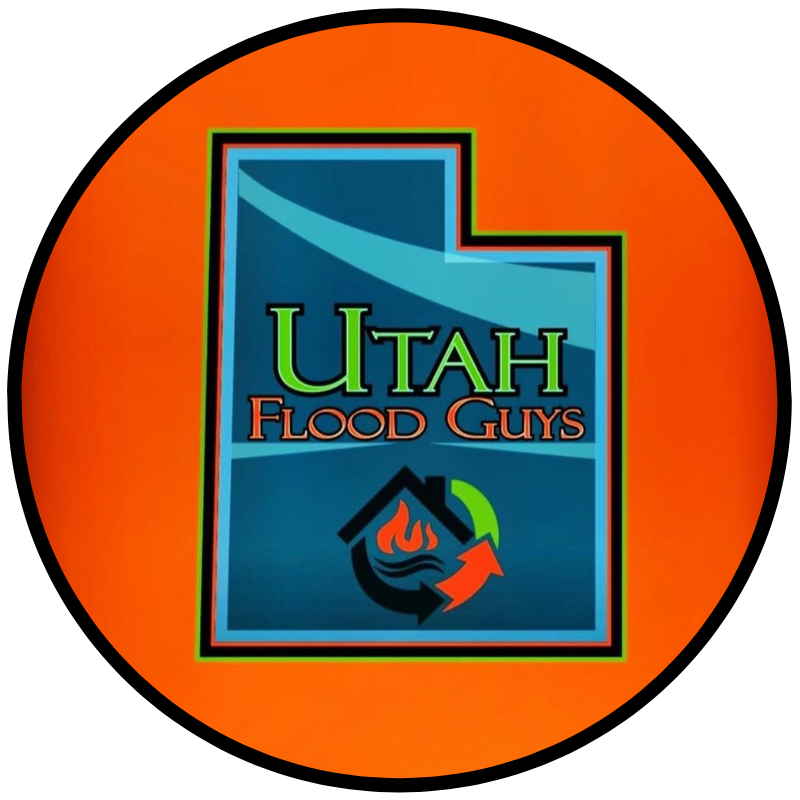Preparing Your Utah Home for Winter: Tips to Prevent Frozen Pipes

As temperatures drop and winter approaches, it's essential for Utah homeowners to take precautions to prevent frozen pipes. Frozen pipes can lead to water damage and costly repairs, so it's important to be proactive and safeguard your home against potential disasters. At Utah Flood Guys, we understand the devastation that can result from frozen pipes, which is why we're here to provide you with valuable tips to protect your Utah home this winter.
1. Insulate Your Pipes
One of the most effective ways to prevent frozen pipes is to insulate them properly. Insulating vulnerable pipes, especially those located in unheated areas of your home such as the basement, attic, or crawl spaces, can help keep the pipes warm and prevent them from freezing. You can use pipe insulation sleeves or wrapping materials to provide an extra layer of protection.
2. Seal Cracks and Gaps
Inspect your home for any cracks or gaps where cold air can seep in and make sure to seal them. By properly sealing these openings, you can help maintain a warmer temperature in your home and prevent pipes from freezing. Pay close attention to areas where pipes are located, such as near windows, doors, and vents.
3. Keep Your Home Warm
During cold winter months, it's important to keep your home heated to a consistent temperature. Set your thermostat to at least 55 degrees Fahrenheit, even when you're away from home. Maintaining a warm environment will help prevent pipes from freezing and minimize the risk of water damage.
4. Allow Faucets to Drip
On extremely cold nights, allowing faucets to drip can help alleviate pressure in the pipes and prevent them from freezing. By letting a small amount of water flow through the pipes, you can reduce the likelihood of them freezing and bursting. Focus on faucets located on exterior walls or in unheated areas of your home.
5. Drain Outdoor Water Sources
Make sure to disconnect and drain outdoor hoses, faucets, and sprinkler systems before the temperature drops below freezing. Stagnant water in these outdoor sources can freeze and cause damage to the pipes. Store hoses indoors and shut off outdoor water valves to protect your plumbing from freezing temperatures.
6. Open Cabinet Doors
In areas where pipes are located inside cabinets, such as under sinks in the kitchen and bathrooms, leave the cabinet doors open to allow warm air to circulate around the pipes. This simple trick can help prevent pipes from freezing and avoid potential water damage in these areas.
7. Be Prepared for Emergencies
Despite your best efforts to prevent frozen pipes, accidents can still happen. It's important to have a plan in place in case of a pipe burst or water damage. Keep Utah Flood Guys' contact information handy so you can quickly reach out to our experienced professionals for disaster cleanup and restoration services in the event of a water emergency.
By following these tips and taking proactive measures, you can protect your Utah home from frozen pipes and potential water damage this winter. Remember, prevention is key when it comes to safeguarding your property against disasters. Stay informed, stay prepared, and stay safe this winter season with Utah Flood Guys by your side.
You might also like
Utah Flood Guys Blog



